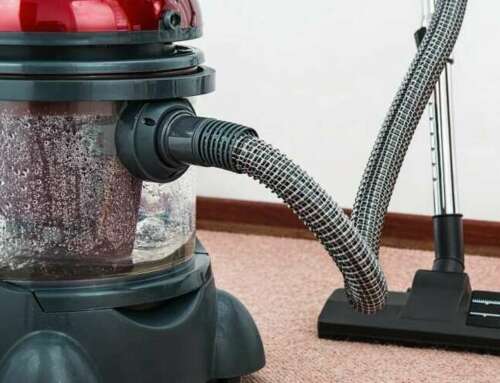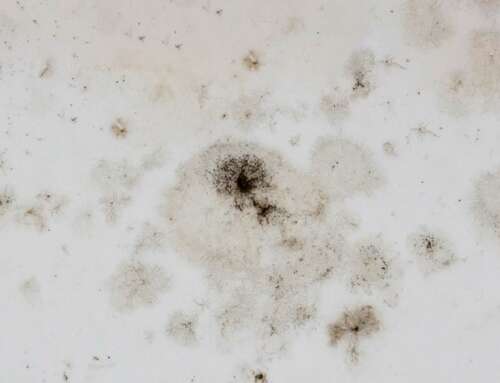How to Clean up Smoke Damage After a Fire
A home and what is inside are prized possessions. A house fire can be devastating for homeowners and the family that resides in the home with them. Of course, the fire will take a toll mentally, but possessions and the home itself will most likely be damaged as well. Furniture and personal belongings are usually easily replaceable, but the actual home will need repair as well.
Holes will need to be patched. Windows will typically need to be repaired. Water damage will need to be addressed. Then, there is the lingering smell that the fire left in its wake.
After mentally preparing yourself to go back into the home, the first thing that you will want to do is begin the decluttering process. Go through the items inside of the home and throw away damaged or destroyed items. Keep the items that are able to be salvaged or repaired. Typically, this is the hardest step in the repair process. You will learn just how much impact that fire had on your home and the items that you had inside. Clear it at your own pace, and do not rush to get it done. After clearing debris, you are able to better assess what you are left with.
Go through rooms one by one to determine what rooms were affected by the fire. Smoke damage is usually easily detected and may present itself in other rooms than just the room that the fire was contained in. Essentially, smoke could damage areas seemingly unaffected by the fire. It is very important to check the ceilings of the home. The damage to the walls is most apparent, but the ceilings could also have extensive damage that needs to be addressed.
After surveying the areas that will need repair, the cleaning process begins. Open as many windows as possible to increase ventilation. Using fans is also a great way to increase air circulation.
The following items are essential for cleaning smoke damage:
- Mask for lung protection
- Gloves for hand protection
- Goggles for eye protection
- Rubbing alcohol
- Bleach
- Commercial soot remover
- Chemical sponge
- Hot water
- Degreaser
- Smoke or a standard vacuum
- Towels
First, be sure to vacuum all of the soot off of the floor, as it can be damaging to your lungs. It can affect breathing and even cause cancer, so taking precautions is imperative. Be sure to wear your gloves, mask, and goggles when removing soot from the home. When vacuuming, use gentle motions to keep the soot from spreading. After removing as much soot as you possibly can from the floors, it is time to concentrate on the walls.
If there is visible soot on the walls, vacuum it up. Use the same precautions and gentle motions as you did for the floor. When the shoot is removed from the walls the stains and smoke damage can be cleaned. Utilize a chemical sponge to remove most of the smoke on dry surfaces. Then, use a cleaning solution mixed with hot water on the damaged surfaces. After this, you will want to go over the surface with a degreaser to give the surface a final wash. Finally, rinse the wall to clean off any leftover product. Windows can be easily cleaned with a towel, cleaner, and degreaser.
Ceilings are cleaned utilizing the same steps taken for wall damage. Because of the angles, ceilings are harder to clean than walls. A ladder will be necessary to ensure that you don’t miss any areas.
As far as the smoke smell that could still be left in the home, white vinegar should do the trick!
If you have experienced significant damage, it may be better to contact a professional. After following the above remedies, you may find that our home still does not appear or smell as it did before the devastation occurred. Those with experience handling smoke damage will easily be able to detect and mitigate any lingering effects caused by the fire. They will work fast and efficiently to provide you with the best result, so you can get back into your home in a timely manner. Water removal, deodorizing, and soot/smoke removal services are offered by these professionals; you can be sure that there will be no stone left unturned.





